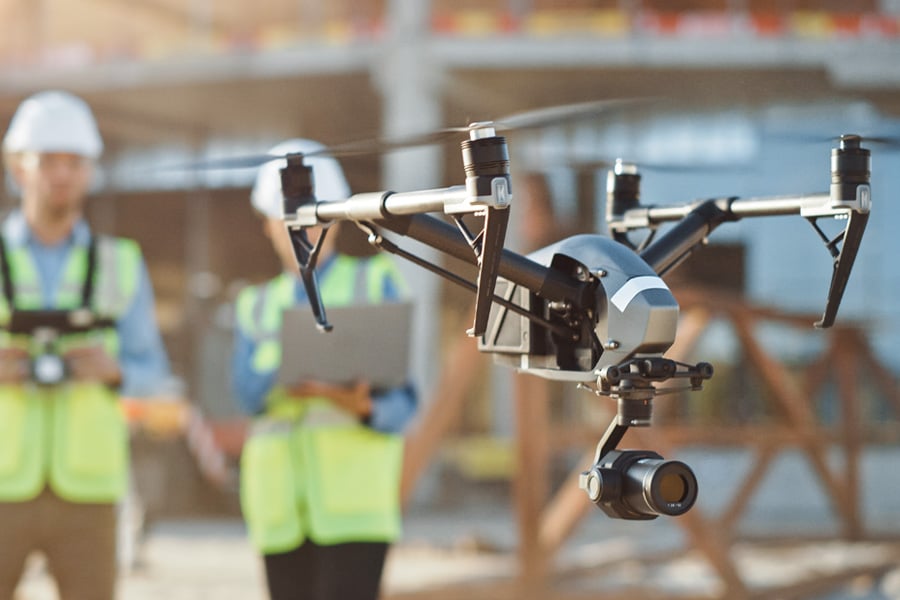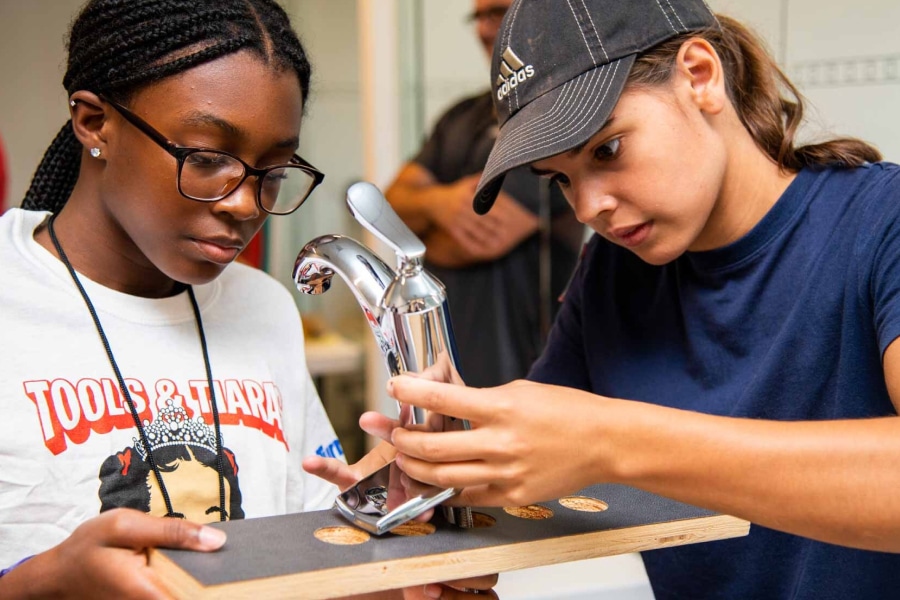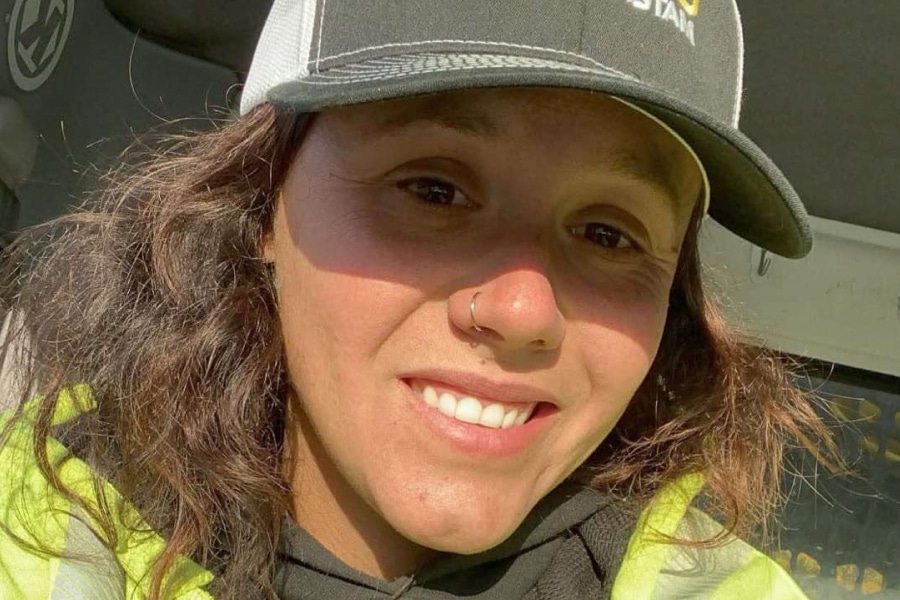Cheryl McKissack Daniel is president and CEO of McKissack & McKissack construction company in New York City. The company is not only highly successful, but it traces its roots back five generations to an enslaved brickmaker in Nashville, Tennessee, who took his owner’s name. The business was eventually passed down to McKissack Daniel’s father in 1968, and when he suffered a severe stroke, her mother took over the firm to keep it in the family. McKissack Daniel, one of three daughters, acquired it, moved the southern offices to New York and further expanded the business.
McKissack & McKissack works mostly in health care, education, transportation and the commercial sector, and it has worked on many notable projects in New York and other eastern US locations. Projects have included the new Terminal One at JFK International Airport, Atlantic Yards, the Long Island Rail Road Vanderbilt Yard Relocation, the Fulton Fish Market renovation, the Studio Museum in Harlem and the Harlem Hospital Center modernization. McKissack & McKissack is also the independent engineer consultant overseeing the Capital Construction Program of the Metropolitan Transportation Association in New York, among others.
Built spoke with McKissack Daniel about her path to construction management and the importance of relationships.
Built: Why did you choose the construction industry?
McKissack: It was preordained because of my family background. I majored in engineering at Howard University and obtained a master’s in civil engineering there. In 1971, McKissick & McKissick were architects and engineers and had a separate general contracting company. I had started out working at Weidlinger Associates, followed by Turner Construction, which was a full construction management and general contracting firm, so I was more familiar with that end. When I took over McKissack & McKissack from my mother, an opportunity arose to work on the Franklin Learning Center, a magnet school in Philadelphia. I pursued it and won the work on the merits of my own resume. That was the start of our expansion into construction management.
Curious why 3 million AECO professionals worldwide use Bluebeam to finish projects faster?

Built: Who is someone that inspired you to work in the industry and why?
McKissack: My father was the first one to guide my course by giving my sisters and I Leroy Lettering Sets and T-squares for birthdays and Christmas when I was a kid. Every Saturday we spent with him, we’d start the morning walking a jobsite, have breakfast and then go to his office and trace documents. I learned how to use the Lettering Sets on some of the documents he actually used. In the afternoon he’d take us shopping, but we’d always end with another jobsite. My mother taught me how to build relationships and develop business from a long-term perspective.
Built: What advice do you have for people looking to follow in your career footsteps?
McKissack: I follow my grandfather’s motto, the four P’s: persistence, preparedness perseverance and productivity. I added number five: prayer.
Built: What’s one of your favorite parts of the job?
McKissack: Meeting people and establishing those long-term relationships, which really speaks to a person’s character and their ability to listen, respect other people and keep their word, or have integrity. If I tell someone I’m going to do something, I make sure I do it.
Built: What do you think is the most pressing issue facing the construction industry and why?
McKissack: You have to know how to say no and turn down work when it comes to certain clients. Otherwise, it can cost you money for processes that are not your fault. It can be an inexpensive lesson compared to what it could be if you had continued to work with the company. We’re competing for jobs in construction and it’s highly competitive. You want new clients, but what looks like glitter is not always gold. You’ve got to be able to distinguish between the two and be fine with saying no, because there’s so much more opportunity out there that’s going to have a positive result.
Built: How do you structure your time to fix the most important issues you face in your role?
McKissack: I prioritize two or three things a day that I need to work on, because each project is a year-long pursuit. I don’t let email, texts or anything else like LinkedIn or Instagram distract me. I do respond to every email, but I do it in my time and don’t let anything prevent me from doing what I need to do first. I tell myself, “Everything I have to do advances my agenda, not everybody else’s.” What also helps me stay on track is that I have two assistants, one of which is my daughter.












